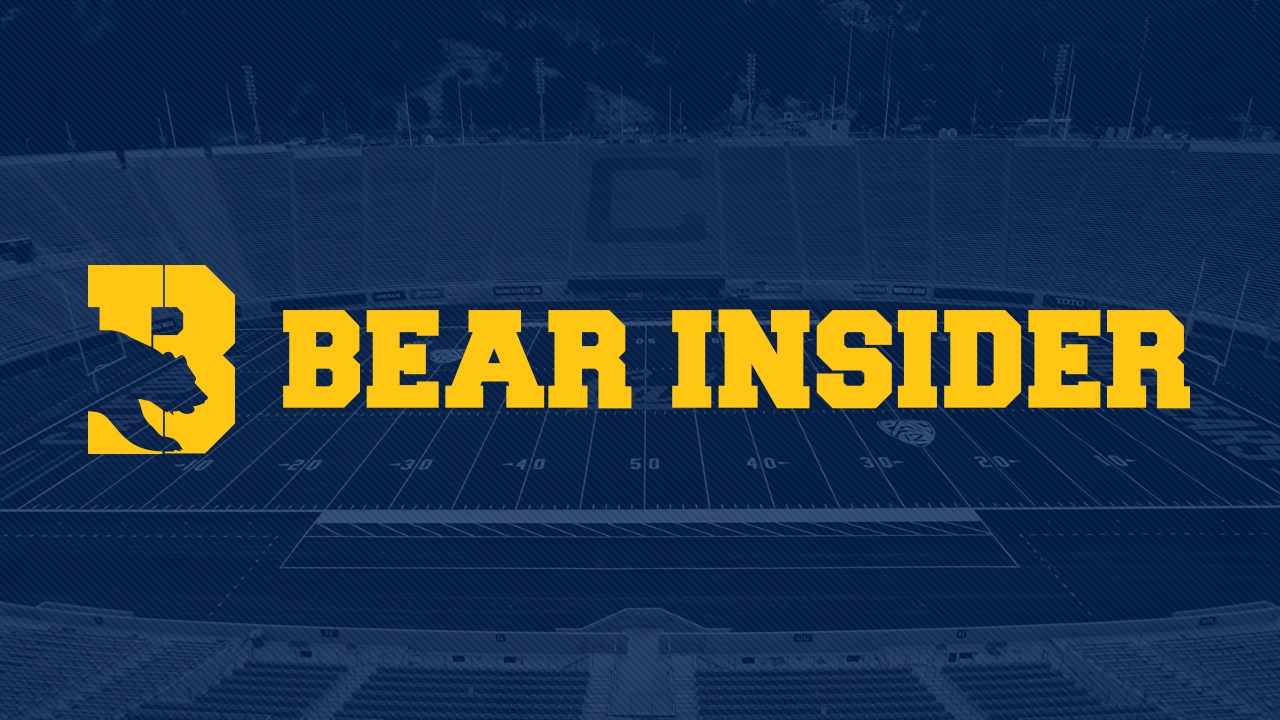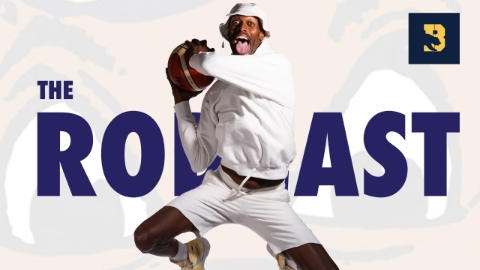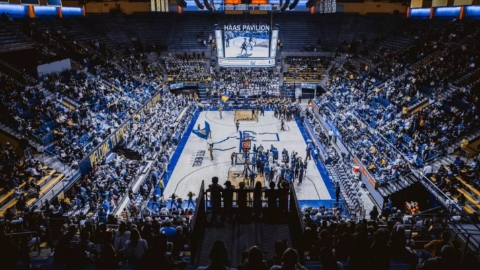
A tumultous past few weeks have left Cal fans and supporters feeling frustrated, and asking myriad questions in an attempt to understand who or what is to blame and wondering where to look for leadership.
Over the past week and a half, Cal football has seen it’s three most popular and productive returning offensive players opt for the Transfer Portal as Jaydn Ott, Jack Endries and Javian Thomas bring the total number of football players who have decided to leave Berkeley since last Fall to twenty seven. Given the program has gone 16-22 the past three seasons and hasn’t had a winning record in conference play in fifteen years, this was not welcome news to the Cal faithful.
Things have scarcely been better for the Men’s Basketball program as its top two players entered the transfer portal. Jeremiah Wilkinson and more recently Andrej Stojakovic have left Berkeley seeking more lucrative NIL opportunities and a belief they would have a better chance to win elsewhere.
So what exactly is going on and what can Cal fans and donors do?
It’s essential to realize that what’s occuring now is an increasing acceleration of the erosion of Cal’s competitive standing in college sports. The bill for a sustained lack of support from the University and the gross misjudgment involved in the hiring of the last two athletic directors is coming due.
The University cannot be half way committed to excellence in revenue athletics and hope to sustain student, donor and alumni connection via sports to the University. Fund raising which is increasingly essential as Cal becomes less and less publicly funded is put at significant risk without athletics functioning as the gateway for the school.
As we outlined a few weeks back in this editorial, the current leadership of the Athletic Department is ill equipped to deal with the changing landscape of college sports, has been operating with misguided goals and KPIs and has completely lost the truth of the donor base. Cal’s Caliber Fund, which objectively saved the Football program from financial disaster, and whose creation was fought against by the current leadership of the Athletic Department hosts an annual dinner each Spring. To underscore how eroded donor support is for the current leadership, that dinner was cancelled because attendance went from nearly 120 attendees in 2024 to fewer than 20 RSVPs this year.
All the above said, the demise of the 2025 Cal Football team is not imminent. On a relative basis, the Bears losses to date are no worst than average within Power 4 programs. No doubt, the loss of the starting QB, the top five Running Backs on the team and one of the nation’s best returning Tight Ends does not make the team better. Especially when one realizes that Head Coach Justin Wilcox has yet to have an offensive player he recruited drafted in his eight year tenure.
However, the transfer portal remains open and Wilcox and his staff did a good job shoring up the roster in the Winter portal and are coming off what looked this Spring to be an improved team. If the staff can make several expected additions on both sides of the ball, the recent defections may not meaningfully alter the team’s prospects in 2025.
A question remains that since so many of the recent departures occured on offense after their first Spring under new Offensive Coordinator Bryan Harsin and his almost entirely new staff whether that is the cause for the defections. Harsin and all of his hires come to Cal with impressive resumes and they represent a cultural change for the program. There is a level of intensity, of tough love and of accountability on offense that hasn’t been seen since Wilcox has arrived. One can only imagine that for players who had been with the Bears for two plus years that this was a difficult transition. It may well be one that helps the offense execute better but in the era of the transfer portal it may also be one that is not built to optimize for retention. GIven the teams lack of recent success, is retention more important than increased toughness, accountability and ostensibly better execution?
The Running Back rooms nearly en masse departure underscores this challenge as their former coach left Berkeley in less than ideal circumstances. Aristotle Thompson was extremely popular with his charges and Harsin initially looked to retain him. Ultimately it was decided that another RB coach might be a better fit with the new offensive direction and Thompson made the choice to move to Northwestern. Whether or not that proves to have been a good coaching decision, it clearly was not popular with the tailbacks who voiced their displeasure by choosing to go elsewhere.
Men’s Basketball faces a different set of challenges. It finished year two in what can only be described as a complete rebuild in light of the mismanagement of the program over the previous six seasons. Cal’s donors stepped up the past two seasons to put together competitive rosters via the Cal Legends Collective and this Spring, unlike the year before, the bulk of the key contributors had eligibility to return and help build on the foundation started by Coach Mark Madsen. Unfortunately, the timing and current market dynamics created an unexpected set of circumstances.
The House settlement (which as of this writing has still not been ratified by the courts) put in a place a framework that would have independent collectives such as the Cal Legends Collective transition their endeavors over to the schools own capped NIL plan, ostensibly putting athletic programs on an even footing with regard to NIL dollars. However, the timing and uncertainty of that transtion allowed ambitious and well heeled basketball programs to leverage their independent collectives on top of the expected payments from the schools and the market for basketball players went bonkers.
Commitments made to players are roughly 3-5x higher than they were the previous year and the Bears roster was poached by schools who could sell committed administrative support for basketball, dedicated practice facilities, a recent track record of on the court success and a very large bag of money.
Madsen and his staff have navigated this challenging environment using a Moneyball style approach to roster building. Doing their best to build a competitive team despite being in the bottom quartile of Power 5 programs. And they still have a short window of time and a decent amount of resources to try and add some firepower to the team.
Rich Lyons appointment as Chancellor was heralded as a potential sea change for Cal Athletics. Lyons embraced the value and potential that a strong athletic program could have for the nation’s largest state’s flagship public university. He was passionate about athletics and outspokenly committed to making it as successful as the school’s elite academics.
After nine months, its clear that Lyons was either unaware just how challenged the department was at the time of his appointment or his power and influence were severaly gated by other constituiencies or circumstances that to this moment remain opaque. And both may be true. On one hand, the optimism that heralded his arrival seemed well founded (if also requiring patience) as in January, he appointed Ron Rivera to the GM of Football role. That seemingly solved for the most pressing and important issue within Cal Athletics, the health of the Football program. Yet, Ron’s role was not well articulated publicly and left donors and fans feeling like it was far more about optics than substance.
There are reasons to believe that tomorrow Ron Rivera will clarify his role and responsibilities in his planned 1pm Pacific press conference. This is well anticipated and much needed, creating cautious optimism among the fan and donor base.
Yet, despite the best of intentions from the Chancellor and the obvious qualifications of Ron Rivera, the bar is going to be high on what is communicated tomorrow. If this is another obfuscated and less than clear statement, it can only further enhance the ever increasing and long standing lack of trust in the leadership of the University when it comes to Cal Athletics.
In short, nothing that has occured recently should be surprising to anyone who closely follows Cal sports and its systemic lack of support and misaligned interest with its supporters. That said, the world hasn’t ended and a good finish in the portal cycle for Football and Basketball can salvage the hopes for their upcoming seasons. What matters most is what Chancellor Lyons says and does as the department’s future hangs in the balance.
To that end, feel free to reach out to him and share how you feel at lyons@berkeley.edu



